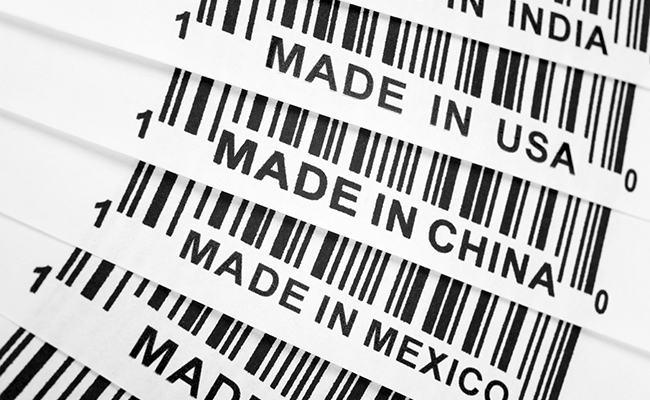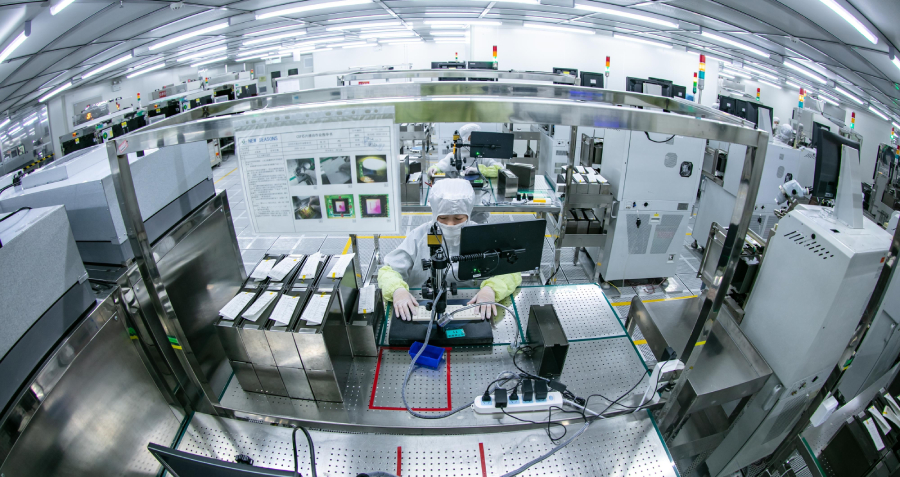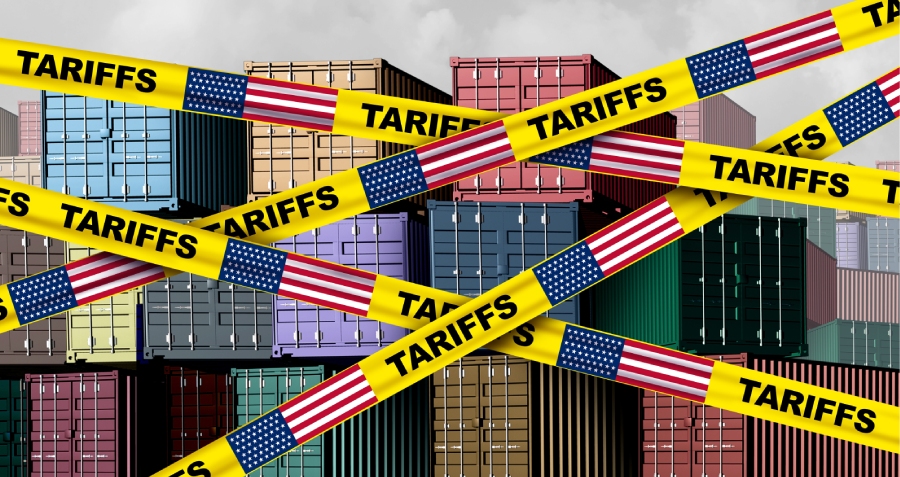The World Trade Organization’s Bali deal is likely to boost China’s economy tremendously. Here’s how.
Eighteen years since its founding and one day after the current round of trade liberalization talks’ scheduled end, on 7th December 2013, the 159 members of the World Trade Organization (WTO) finally did something few observers expected: they agreed on something.
Although the accord reached in Bali, Indonesia, is far narrower in scope than the ambitious agendas of prior WTO rounds, some analysts predict that the three agreements will create up to $1 trillion in new economic value–a lot of which should find its way to China.
The principal accomplishment of the unanimous deal is a proposal to streamline customs regulations. A surprising amount of trade is artificially stymied by complex paperwork, particularly in the developing world. The Organisation for Economic Co-operation and Development, a Paris-based economic think tank supported by 34 leading economies, estimates that streamlining border controls and documentation could cut the costs of trade by 10-15% and add as much as $1 trillion to the global economy, with 65% flowing to developing economies.
“It is good news for world trade, it is good news for the world economy,” says Raed Safadi, OECD Deputy Director for Trade and Agriculture.
And good news for China, in the view of Jagdish Sheth, an international business and country strategist and a professor of marketing at Emory University’s Goizueta Business School in Atlanta. “China will now expand its trade much faster than we have imagined,” he predicts.
Sheth sees three outcomes to the Bali bargain, each positive for China. First, he says, the agreement is likely to encourage more growth in the Asian market, which will make Asia the world’s largest trading bloc. “This will benefit Asia more than any other part of the world, and therefore they will begin to trade among themselves aggressively now,” he says.
At the same time, Sheth believes the agreement will probably increase trade among developing countries generally. “South to south trade will grow much faster now and not north to south,” he predicts, as developing countries currently have some of the most cumbersome trade and customs controls.
The Africa-China trade may be especially helped. “The biggest transformation of this agreement probably will be the traffic that will grow between Africa and China. That is going to rise dramatically,” Sheth says.
Among China’s sectoral winners, in Sheth’s view, will be the automotive sector, higher value engineering products, and services, in part because India will be forced to rein in the subsidies of its domestic IT services sector. “China comes out a big beneficiary,” Sheth says.
Trade facilitation matters because of the growing complexity of global supply chains, Safadi says, particularly in a world of just-in-time delivery. Few products are made in a single country anymore, which means components cross and re-cross various borders again and again as a product is assembled. For example, he says, the factory price of the iPhone is $186, but only $6.50 of that value is created in China. The remainder is from the US, Germany, France and Taiwan. The more seamless that journey between borders is, the more efficient the entire chain becomes.
An OECD study found that trade facilitation can substantially reduce unit costs of production, reducing trading costs by 10% in advanced countries and over 15% percent in developing countries. Simply streamlining trade documents, for instance, could cut nearly 3% off trading costs. It may also boost revenue: customs reforms in Ethiopia increased exports 200% and boosted tax revenues by more than 50%.
In a statement, a spokesman for the World Development Movement, a London-based development advocacy group, derided the accord as “an agreement for transnational corporations and not the world’s poor”, but one London School of Economics professor disagrees. “There’s not a lot of gifts to anyone in this agreement… there’s not a lot to be concerned about here,” says Andrew Lang, a Reader in Law who specializes in international economic law.
But Safadi disagrees. “The interest of developing countries is at the heart of these agreements. “Trade facilitation is not an issue for the United States or the European Commission,” he says. Where facilitation does matter is in the developing world.
Beyond trade facilitation, the other two agreements included an interim agreement to allow developing countries to stockpile food without triggering a legal challenge because of the country’s WTO commitment to avoid distorting the market. It will also provide duty-free, quota access for the world’s 39 least developed countries to the wealthiest members’ markets.
In fact, he says, all three agreements primarily help developing countries. “It’s a win-win-win on the development front with all three pillars.”
Of course, freer trade also exposes a country’s weaknesses more ruthlessly. “If you open the border and your trade is not picking up, that will expose the bottlenecks that are inside the border and make them much more punitive in a sense,” says Safadi. “…If your skill levels are not up to par, you’re still going to be participating at the low end of the value chain.”
More trade may also expose problems in the service sector, Safadi says, such as problems with the banking system, the insurance system, transportation or logistics. “Any bottlenecks within the service sector will exact a high price on the competitiveness of manufacturing,” he warns.
For China, Sheth says, trade facilitation is likely to make competition tougher in lower-value sectors, such as textiles and other lower-value manufacturing. But economic planners may not be too distraught over the added pressure: “The Chinese will now use this as a way to exit low-end, low-value manufacturing,” he predicts.
Experts say that the most important outcomes may be the precedents the agreement set for further global cooperation.
First, the success of the latest accord affirmed the WTO leadership’s new incremental strategy. “The whole point of Bali was to go back to a minimal core to make sure the members could agree on something,” says Lang.
The process itself also reflected a shift in the balance of economic power. Negotiations are still tough, Safadi says, but the dividing lines are no longer between “big guys and small guys”. Instead, coalitions are forming over particular issues, regardless of size.
Beyond coalitions, individual developing countries made themselves heard in Bali. India, for example, extracted the concession of a temporary waiver that will allow it to sell subsidized food on its domestic market. “This is just an illustration that any single country… can make a demand and effectively win it,” Lang says.
Finally, the Bali agreement included a new mechanism that recognized a connection between levels of development and the speed at which countries have to implement the new regulations. The mechanism is a new idea, Lang says, and could be an extremely useful tool for resolving other issues in the future.
Most of all, perhaps, the agreement demonstrated that the WTO can accomplish something, which before the announcement was not seen as a given. “There were some serious downside risks if the system did not deliver,” Safadi says.
“The big thing is the reaffirmation,” Lang says.




















